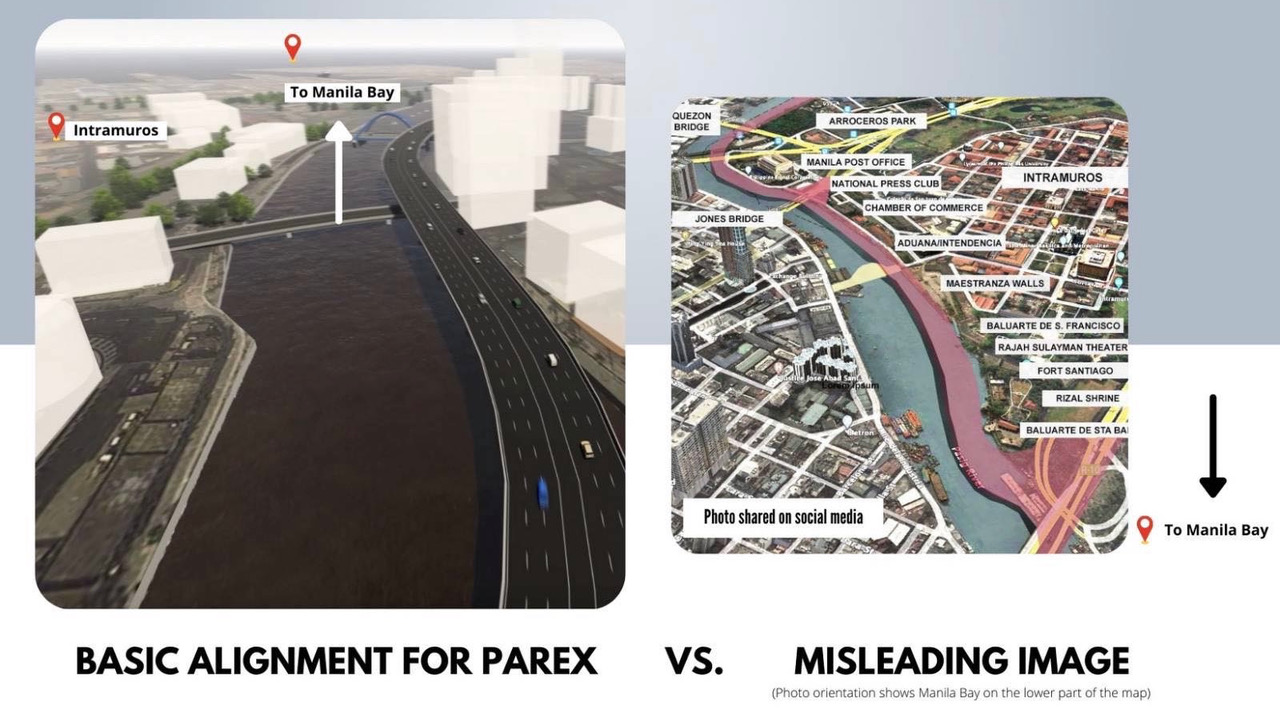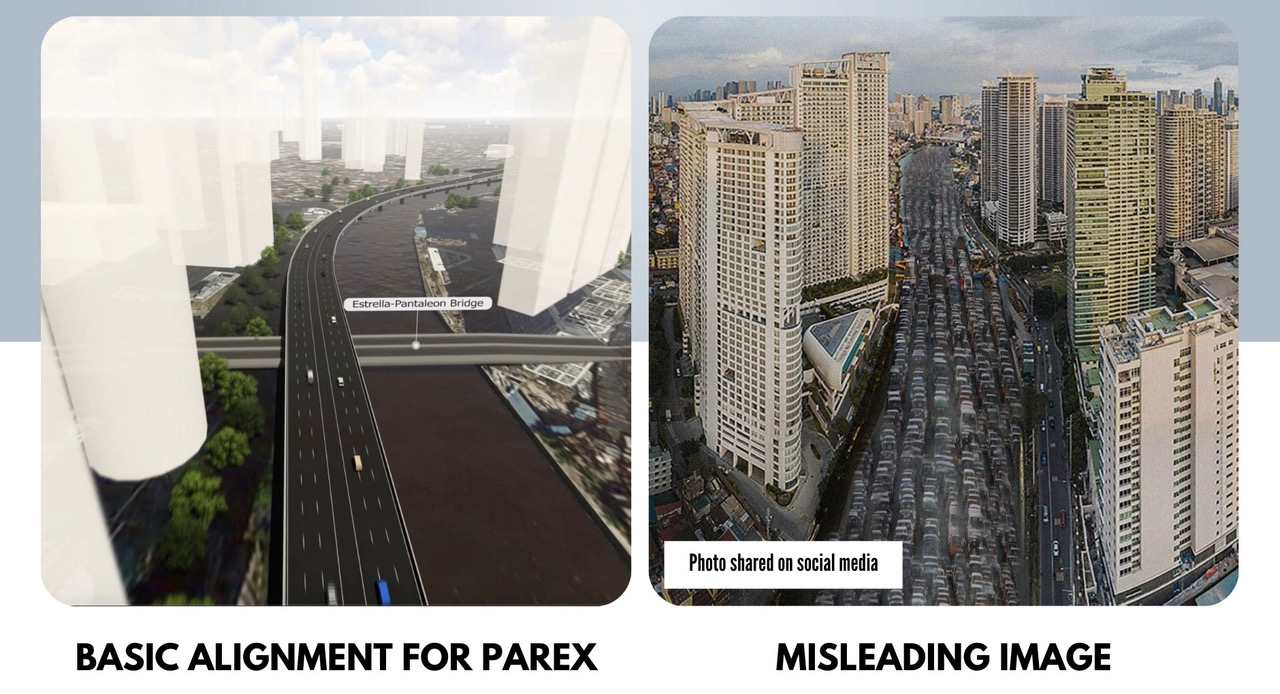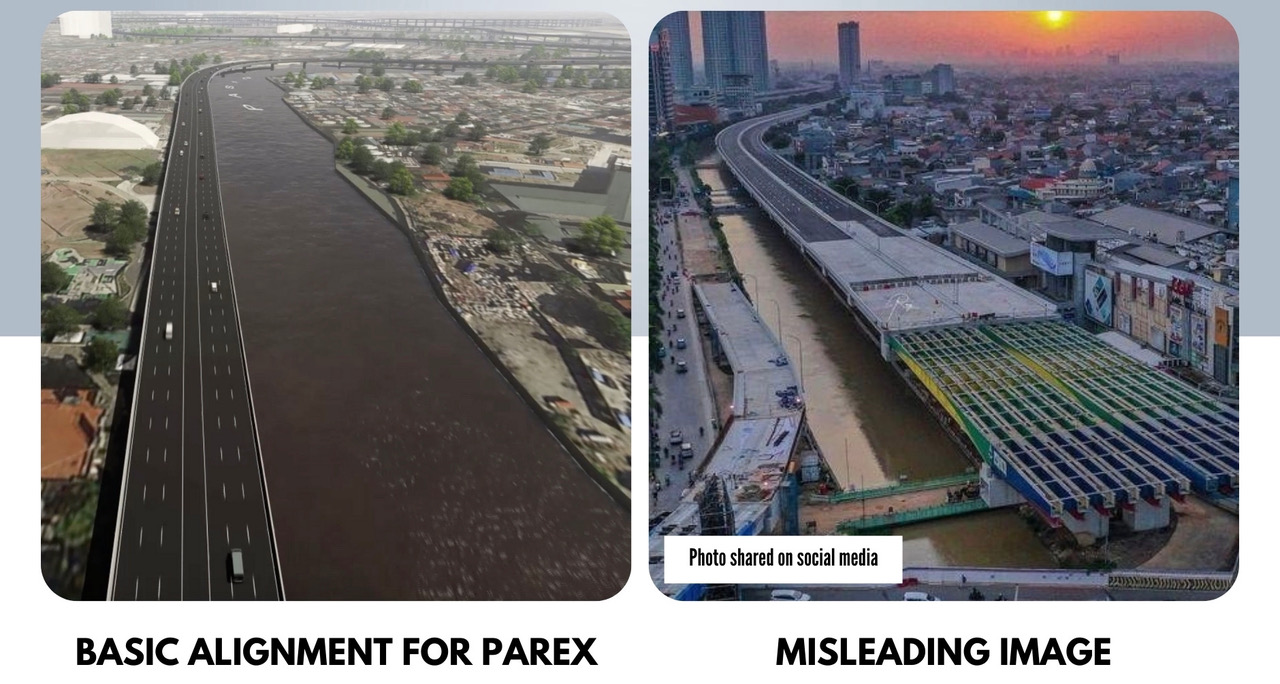Ramon Ang says heritage preservation, sustainable development should coexist
MANILA, Philippines — The preservation of heritage sites can ands should coexist with infrastructure that promotes sustainable development like the planned expressway that will be built alongside the Metro Manila’s Pasig River.
Thus said San Miguel Corp. president Ramon Ang who said that the firm’s Pasig River Expressway (Parex) — which has been criticized by some heritage and environment advocates — takes into full consideration the presence of historical sites along its alignment.
At the same time, the head of the country’s biggest conglomerate cautioned against misinformation being spread to undermine the project at this early of its development.
“We’re a free country, and we respect everyone’s right to voice their opposition,” he said in a statement. “In fact, after setting the record straight on some issues, we’ve largely let the critics do all the talking. We listen to valid opinions and points, but we just can’t let outright lies pass.”
SMC is spending about P2 billion to rehabilitate the Pasig River and retrieve at least three million metric tons of solid waste, which hampers its ability to channel floodwaters.
According to Ang, among the misleading information being spread about the project is that it will impact heritage sites in Intramuros, Manila.
Article continues after this advertisementAn illustration of the supposed alignment of project showing it runs alongside Intramuros, and identifying relevant historical sites that it will adversely affect, was recently spread on social media — supposedly presented by the project proponents to media.
Article continues after this advertisement“False,” Ang said. “The image did not come from us. For the record, per the basic alignment developed in consultation with, and approved by government, Parex will not run on the Intramuros side, but on the other side, along Binondo.”
“Very early in the process, common sense dictated we couldn’t place the alignment alongside Intramuros,” Ang explained. “Like many who oppose the project, we are also Filipinos who value our heritage sites, especially Intramuros, where we helped in the restoration of the Manila Cathedral a few years back.”
He said that, by placing the alignment on the other side, the project will avoid any significant impact on Intramuros. The project can, in fact, be used to showcase heritage sites to users, including tourists, since the area will also become more accessible to more Filipinos, via the planned Bus Rapid Transit system, he added.
Ang said all valid concerns raised about the project are being taken into consideration in the detailed engineering design phase for the project — when its features and alignment are determined — which is just starting.
Regarding the Arroceros Forest Park, Ang said concerns about the the project’s impact on the site “can easily be remedied via multiple engineering options,” including raising or lowering the expressway, or moving it altogether.
The expressway development will include a Bus Rapid Transit system, bike lanes, pedestrian walkways, and other features will also be finalized during this stage, he said.
“We want to make life better for the greater number of Filipinos—those who drive, those who commute, those making a living, and even those who prefer to walk or bike through a nice riverside, to get to their destination. This is why PAREX is inclusive,”Ang said.
‘Biologically dead’
A group of scientists earlier voiced concerns over the proposed project, saying it would contribute to more heat in Metro Manila, undermining Arroceros Park, dubbed the “Last Lung of Manila.”
The Advocates of Science and Technology for the People (Agham) added its voice to those opposing the project, stressing that the road would cause further damage to the river, nearby residents and the overall urban ecosystem in the National Capital Region.
They further urged the government and the project’s proponents to rethink the construction of the elevated expressway.
Pasig River was declared by ecologists as “biologically dead” in the 1990s. But numerous government and private efforts to clean up and rehabilitate the waterway has led to its slow revival.
Efforts of the Pasig River Rehabilitation Commission, created in 1999, bore fruit, with residents seeing signs of life in the 27-km watercourse in recent years. In 2018, the river was conferred with the inaugural Asia Riverprize award for the significant restoration, protection and management done in the waterway.
President Duterte, however, abolished this commission in 2019, and tasked the Inter-Agency Manila Bay Task Force to rehabilitate the river.



